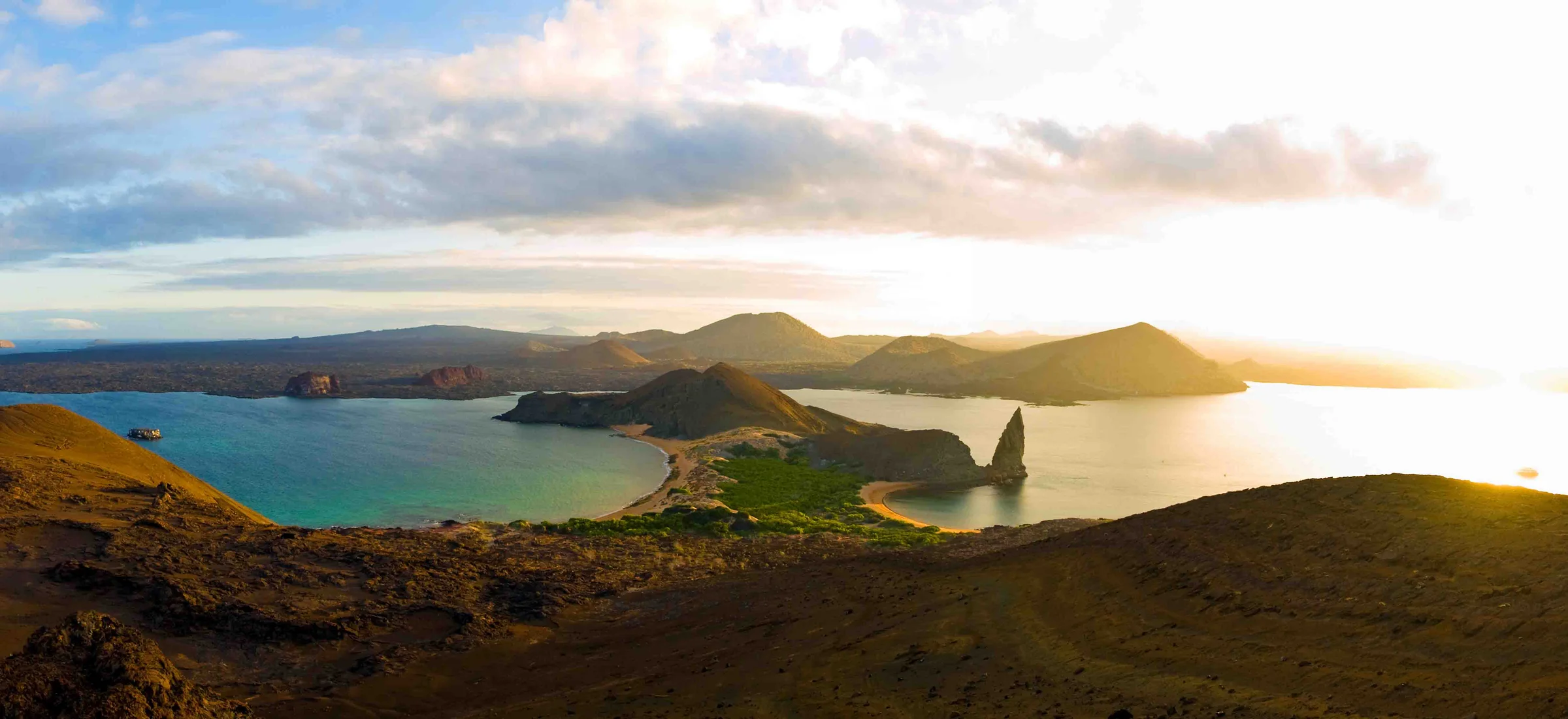
Park Fee at Galapagos Islands Conservation Doubles to $200 | Travel News
In an unprecedented effort to protect its unique ecosystem, the Galapagos Islands have declared a substantial increase in the national park fee, highlighting the global struggle to balance tourism and conservation. This decision, set to take effect six months after its announcement in February, aims to double the fee to $200 for visitors aged 12 and above—a measure seen in other tourist hubs like Venice and Bali to counteract the impact of mass tourism.
Economic Sustainability and Environmental Preservation
Galapagos officials position this fee adjustment as a dual-purpose strategy: fortifying the local economy and advancing conservation initiatives. Notably, this fee increment, the first in 26 years, will directly fund park ranger services, vital for guiding visitors through the islands' delicate habitats. This approach aligns with a growing global trend of employing economic tools to combat ecological degradation caused by the surge in tourist numbers.
Affordable Adventures in an Unspoiled Paradise
Despite the fee hike, the allure of the Galapagos Islands remains strong. With cost-effective flights from Quito and Guayaquil, and budget accommodations promoting an inclusive approach to tourism, the islands continue to offer unparalleled access to exceptional wildlife and natural beauty. From observing unique species like giant tortoises and blue-footed boobies to engaging in activities such as hiking and snorkeling in virtually untouched surroundings, the Galapagos provide a vivid demonstration of evolution in action, accessible to a diverse range of visitors.
Conservation at the Core: The Charles Darwin Research Station
At the heart of Galapagos' conservation effort stands the Charles Darwin Research Station on Santa Cruz Island, a hub for scientific inquiry and species preservation. Here, dedicated researchers and conservationists tirelessly work to comprehend and safeguard the islands' distinctive flora and fauna, including numerous endemic species. The station exemplifies the islands' commitment to retaining their status as a world heritage site, ensuring that their natural wonders endure for generations.
The decision to double the national park fee transcends mere financial considerations; it underscores the Galapagos Islands' commitment to preserving their natural heritage amid escalating ecological threats. As this initiative unfolds, it is poised to serve as a valuable case study for other destinations grappling with the challenges of sustainable tourism, offering insights into the delicate balance between welcoming the world and safeguarding the very wonders that attract people from around the globe.
Check Our Suggested Tours:
- Galapagos Eastern Islands 8 day cruise Itinerary on board Ocean Spray
- Galapagos Isles Eastern Voyage 8-Day Relais Chateaux Luxury Cruise
- Itinerary West Galapagos
- Beaches and Bay Southern & Central Route
- Elite Catamaran Galapagos Islands luxury cruise 8 days eastern & western route
- Exploring Galápagos + Machu Picchu and Peru's Land of the Inca

